
Hayek's sensory order, Gestalt neuroeconomics, and quantum psychophysics
pp. 177-196
in: Roger Frantz, Robert Leeson (eds), Hayek and behavioral economics, Berlin, Springer, 2013Abstract
In recent decades — due mainly to technological advances in molecular biological and neuroimaging tools such as the utilization of transgenic animals in behavioral neuroscience (Capecchi, 1994) and functional magnetic resonance imaging (Ogawa et al, 1990) in human cognitive neuroscience — the amount of knowledge in cognitive and behavioral neuroscience has rapidly increased. The explosive progress in neuroscience is an instance of theoretical physicist Freeman J. Dyson's "tooldriven" scientific revolutions (Dyson, 1997; Dyson, 1999), in contrast to the "concept-driven" revolutions analyzed by Thomas Kuhn in The Structure of Scientific Revolutions. Tool-driven revolutions arise in relation to the invention of new tools (or instruments) designed to investigate nature and discover new facts that challenge our previous concepts, while Kuhnian concept-driven revolutions provide new concepts with which to understand nature — to "explain old things in new ways." The analysis of the role of Hayek's thought — as presented in The Sensory Order — in the oncoming concept-driven revolution in cognitive and behavioral neuroscience is one of the main objectives of the present article.



